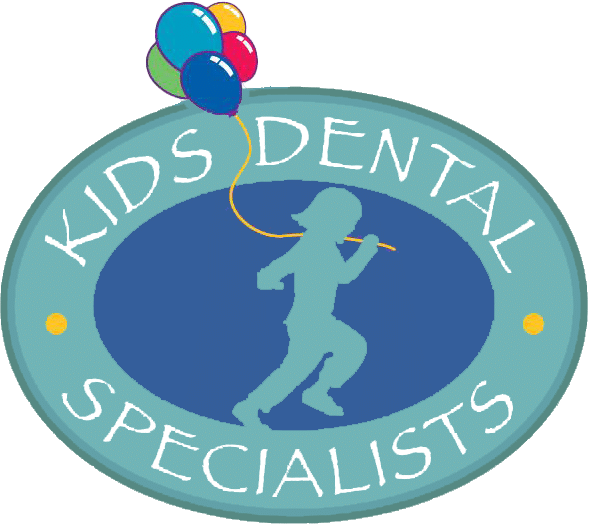Teenagers are often thought of as the primary patients for dental appliances, but dental appliances are often used in young children as well. Dental appliances for children can be used for the purposes of prevention or treatment.
Young children can often be unwilling to wear removable dental appliances with regularity. Using dental appliances in childhood often means that the need for them during the teen years could be lessened, or even eliminated.
What types of pediatric dental appliance are most common?
Each type of pediatric dental appliance serves a specific function. Here are some of the options for pediatric dental appliances:
Mouth Guards
Sports and recreational activities can be interrupted by oral injuries. For prevention of oral injuries, the American Academy of Pediatric Dentistry (AAPD) and American Dental Association (ADA) recommend that children wear mouth guards during activities that could result in mouth damage.
There are different types of mouth guards children can use. A child might receive a customized mouth guard that the pediatric dentist makes. An alternative that sporting goods stores and drugstores sell is thermoplastic mouth guards that can be boiled and formed to approximately fit a child’s mouth. Either type of mouth guard can also help alleviate nighttime teeth grinding.
Space Maintainers
Trauma or tooth decay can cause the loss of baby teeth. Left alone, adjacent teeth often move to fill the space left by those lost baby teeth. When adult teeth come in, this shifting can cause problems with spacing and alignment. To prevent these issues, pediatric dentists can insert space maintainers (“spacers”) to hold the place that the permanent tooth will eventually fill.
Space maintainers come in two main types:
- Fixed space maintainers: Fixed spacers, usually made from metal, are very durable. Fixed spacers vary in how they attach to the adjacent teeth: “band and loop,” “crown and loop,” or “distal shoe.” The placement of the lost tooth and the condition of the adjacent teeth determine which attachment the dentist uses. If the missing tooth is in a prominent location, the dentist can add an acrylic button to reduce how noticeable the missing tooth is.
- Removable space maintainers: Young children don’t usually receive removable spacers. Removable space maintainers are similar to orthodontic retainers because custom plastic fittings fill the space so the adjacent teeth don’t move.
Thumb Sucking Appliances
A child’s thumb sucking habit usually ends naturally. A child who is five or six years old and still sucks a thumb is at risk for oral complications including misaligned or impacted teeth, or narrowed arches.





